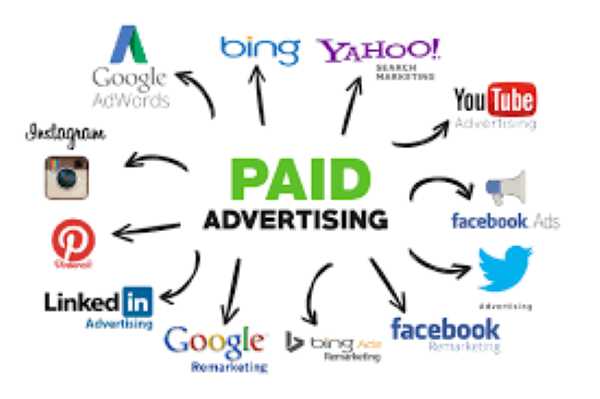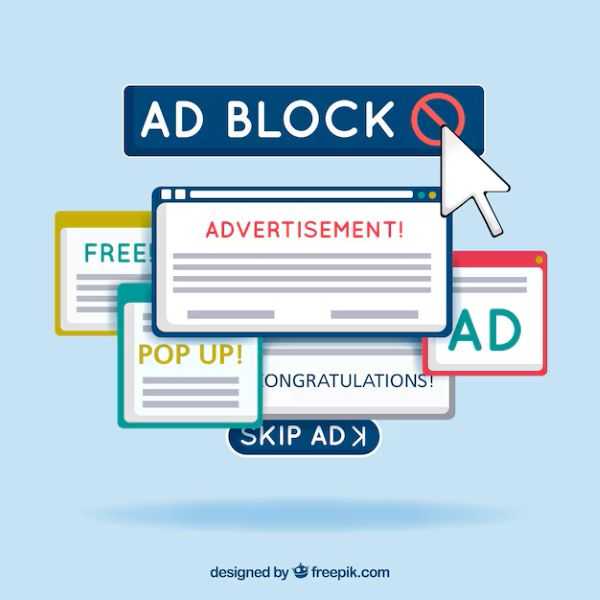Paid Search Advertising And Their Drawbacks

Paid search advertising is a digital marketing approach where businesses pay search engines to have their ads appear prominently on search engine results pages (SERPs). This method aims to drive targeted traffic to a company’s website.
The most common form of paid search advertising is pay-per-click (PPC) advertising, where businesses only pay when a user clicks on their ad. This makes PPC a cost-effective way to advertise, as it ensures that the expenditure is only on users actively interested in the products or services being offered.

Factors Influencing Paid Search Advertising
Several factors influence where an ad will appear on a search engine results page. These factors include:
1. Bidding
Businesses bid on keywords related to their products or services. Higher bids can result in better ad placements on SERPs.
2. Ad Extensions
Ad extensions include additional information like phone numbers or links to other pages on a business’s website. These can affect ad positioning by providing users with more information.
3. Ad and Landing Page Quality
Google assesses the relevance and quality of your ads and landing pages, assigning a Quality Score that impacts ad placement.
4. Keywords
The relevance and frequency of keywords in your ads can influence your SERP ranking.
Other factors include the search query, the time of day, user location, competing ads, and device type.
Benefits of Sponsored Search Campaigns
Paid search advertising offers several advantages, especially given the immense volume of daily searches on platforms like Google. Here’s why sponsored search campaigns can be highly beneficial:
1. Targeted Audience
Businesses can use keyword research to target users specifically searching for their products or services. For instance, a company specializing in health foods can attract users searching for “healthy snacks” through targeted keywords. This precise targeting helps businesses reach potential customers who are already interested in what they offer.
2. Cost-Effective
Compared to traditional advertising methods, such as billboards, which can be costly with little control over who sees them, paid search advertising allows businesses to allocate their budget more effectively.
Instead of spending $1,000 on a billboard, businesses can use the same budget to target online users actively searching for relevant products or services.
In addition, since most search engines use a bidding model, businesses often pay less than their maximum bid if competition is low. On average, businesses see a return of $2 for every $1 spent on Google Ads, making it a valuable option for businesses of all sizes.
3. Quick and Measurable Results
Unlike SEO strategies that can take weeks or months to show results, paid search ads can produce measurable outcomes almost immediately. This immediacy allows businesses to see how their ads are performing and adjust their strategies accordingly. Paid search ads directly connect with users actively searching for specific products or services, often leading to quicker and more significant customer engagement.

Drawbacks of Pay-Per-Click Advertising
Despite its advantages, PPC advertising has some drawbacks:
1. Cost Over Time
PPC campaigns can become expensive, especially if competition for keywords is high. The cost per click accumulates each time a user interacts with your ad, which can add up over time.
2. No Guaranteed Revenue
There's no certainty that a click will result in a conversion or sale. Competitors might outbid you for the same keywords, and a significant portion of users may ignore sponsored results altogether.
3. Temporary Visibility
Once you stop paying for ads, your visibility on search engines will drop significantly. Your ad presence is directly tied to your advertising budget.
Setting Up a PPC Campaign
To set up an effective PPC campaign, follow these steps:
1. Location Targeting
Define the geographical areas where you want your ads to appear. This should reflect the areas where your business operates or where your potential customers are located.
2. Keyword Selection
Choose keywords that are relevant to your business and will attract the right audience. Use tools like Google Keyword Planner to find keywords with high search volume and low competition. This tool provides insights into potential keywords, including their monthly search volume, competition level, and cost per click.
3. Match Types
Select match types for your keywords to control how closely search queries must match your keywords. Google Ads offers three match types:
- Exact Match: Your ad will appear only when the exact keyword or phrase is searched. This match type ensures high relevance but may limit traffic volume.
- Broad Match: Your ad can appear for searches that include any variation of your keyword, including synonyms. This match type reaches a wider audience but requires careful monitoring to avoid irrelevant clicks.
- Phrase Match: Your ad will show when the search query contains your exact keyword phrase, with possible variations before or after. It balances specificity and reach.
4. Create Your Ad
Write compelling ads that include a clear call to action (CTA), relevant keywords, and engaging content. Ensure your ad complies with advertising guidelines and avoid prohibited elements like trademarked terms, excessive punctuation, and misleading symbols.
5. Set Bids
Determine the maximum amount you’re willing to pay per click for each keyword. This is known as your “Bid” or “Max CPC.” Search engines will offer suggestions, but you can adjust bids based on your budget and competition.
6. Ad Extensions
Utilize ad extensions to provide additional information, such as pricing, location, site links, or phone numbers. These extensions enhance user experience and can improve your ad’s performance.
7. Launch and Monitor
After setting up your campaign, launch it and monitor its performance. Ads typically start showing within hours, allowing you to track their effectiveness and make necessary adjustments. Payment structures vary by platform but generally involve linking a credit or debit card and being charged based on your spending threshold or billing cycle.
By carefully planning and managing your PPC campaigns, you can effectively reach your target audience, maximize your advertising budget, and achieve measurable results.
Author Bio
Contributor comprises full-time and freelance writers that form an integral part of the Editorial team of Hubslides working on different stages of content writing and publishing with overall goals of enriching the readers' knowledge through research and publishing of quality content.
Article Comments
No Comments!
At present there are zero comments on this article.
Why not be the first to make a comment?
Similar Articles
Sponsor
Search Articles
Experts Column
Latest Articles
Featured Articles
Most Popular Articles













